
The homing pigeon, also called the mail pigeon or messenger pigeon, is a variety of domestic pigeons derived from the wild rock dove, selectively bred for its ability to find its way home over extremely long distances. The rock dove has an innate homing ability, meaning that it will generally return to its nest using magnetoreception. Flights as long as 1,800 km have been recorded by birds in competitive pigeon racing. Their average flying speed over moderate 965 km distances is around 97 km/h and speeds of up to 160 km/h have been observed in top racers for short distances.
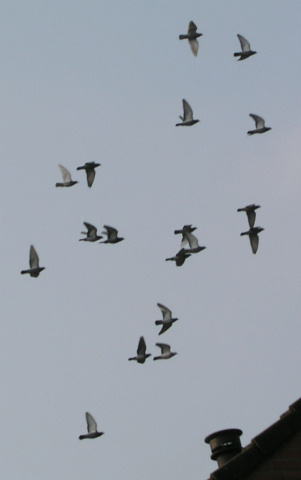
Pigeon racing is the sport of releasing specially trained homing pigeons, which then return to their homes over a carefully measured distance. The time it takes the animal to cover the specified distance is measured and the bird's rate of travel is calculated and compared with all of the other pigeons in the race to determine which animal returned at the highest speed.

Homing pigeons have long played an important role in war. Due to their homing ability, speed, and altitude, they were often used as military messengers. Carrier pigeons of the Racing Homer breed were used to carry messages in World War I and World War II, and 32 such pigeons were presented with the Dickin Medal. Medals such as the Croix de Guerre, awarded to Cher Ami, and the Dickin Medal awarded to the pigeons G.I. Joe and Paddy, amongst 32 others, have been awarded to pigeons for their services in saving human lives.
Fancy pigeon refers to any breed of domestic pigeon, which is a domesticated form of the wild rock dove. They are bred by pigeon fanciers for various traits relating to size, shape, color, and behavior, and often exhibited at pigeon shows, fairs and other livestock exhibits.

The Fantail is a popular breed of fancy pigeon. It is characterised by a fan-shaped tail composed of 30 to 40 feathers, abnormally more than most members of the dove and pigeon family, which usually have 12 to 14 tail feathers. The breed is thought to have originated in Pakistan, India, China, Japan or Spain. There are several subvarieties, such as the English Fantail, the Indian Fantail, and the Thai Fantail. Charles Darwin used it as one of the examples in the first chapter of his book On the Origin of Species. He believed it was a descendant of the rock dove.

The domestic pigeon is a pigeon subspecies that was derived from the rock dove or rock pigeon. The rock pigeon is the world's oldest domesticated bird. Mesopotamian cuneiform tablets mention the domestication of pigeons more than 5,000 years ago, as do Egyptian hieroglyphics. Pigeons were most likely domesticated in the Mediterranean at least 3000-5000 years ago, and may have been domesticated earlier as a food source. Research suggests that domestication of pigeons occurred as early as 10,000 years ago.

Pigeon keeping or pigeon fancying is the art and science of breeding domestic pigeons. People have practiced pigeon keeping for at least 5,000 years and in almost every part of the world. In that time, humans have substantially altered the morphology and the behaviour of the domesticated descendants of the rock dove to suit their needs for food, aesthetic satisfaction and entertainment.
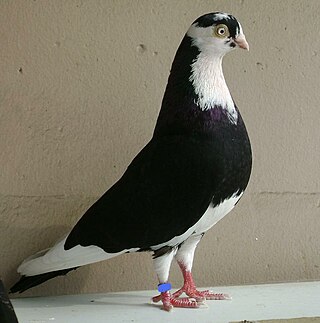
The Galatz Roller or Galați Roller is a domesticated pigeon breed originating in Galați County, Romania. Because these pigeons perform air acrobatics when they fly, they became very popular among pigeon fanciers in both the country of origin and the rest of Europe, especially in Germany, the Netherlands and Belgium. The air acrobatics that these Galați Roller birds perform are comparable to those of the Oriental Roller and Birmingham Roller pigeons.

A release dove is usually a small white domestic rock dove used for events such as public ceremonies, weddings and funerals. They typically have a symbolic meaning for the event.

The Carrier or English Carrier is a breed of fancy pigeon developed over many years of selective breeding. Carriers, along with other varieties of domesticated pigeons, are all descendants of the rock dove. They have a long slender body, with a long neck in proportion to the rest of the body, and distinctive features including a rounded hard wattle.

The Birmingham Roller is a breed of domesticated roller pigeon that originated in Birmingham, England. They were developed via selective breeding, for their ability to do rapid backward somersaults while flying.

The American Show Racer pigeon is a breed of domestic pigeon that began in the early 1950s with the finest Racing Homers, selectively bred for their breed type. Pigeon historian Wendell Levi mentions Show Pen Racers in his book The Pigeon. He describes the early development of the breed in the United States and early breeders of the variety. In 1952, The American Show Pen Racer Club was formed at the National Show held in Des Moines, Iowa.
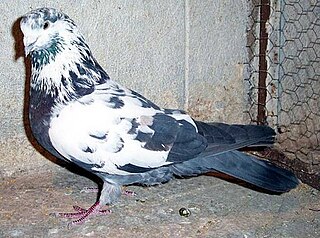
The Iranian Highflying Tumbler pigeon also known as "Persian Highflying Tumbler" in Europe and "Tehrani" in Iran is a breed of domestic pigeon bred in Iran for performance and endurance flying competitions. They fly at a very high altitude and at times out of sight. The tumbling is nothing like a Birmingham Roller, individual flips, occasionally hovering before it does the flip.

The Ukrainian Skycutter is a breed of pigeon that has been developed for high flying. It is a variety of domesticated rock dove. This breed of high flying tippler was developed by centuries of breeding.

The Parlor Roller is a breed of domesticated pigeon developed over many years of selective breeding. Parlor Rollers, along with other varieties of domesticated pigeons, are all descendants from the rock pigeon. The breed is known for its unique performance of turning somersaults on the ground. Parlor Rollers are considered to be further development from the Parlor Tumbler.
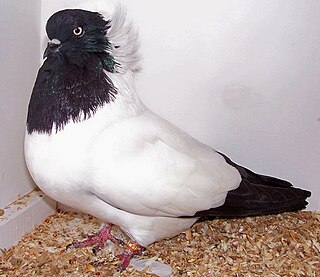
The Nun is a breed of fancy pigeon developed through many years of selective breeding. It was known as the Dutch Shell Pigeon in continental Europe. Nuns, along with other varieties of domesticated pigeons, are all descendants from the rock pigeon . The Nun is one of the oldest breeds and was originally a flying tumbler before being developed for exhibition. It is a mostly white breed, with a hood of feathers, which gives the name to the breed.
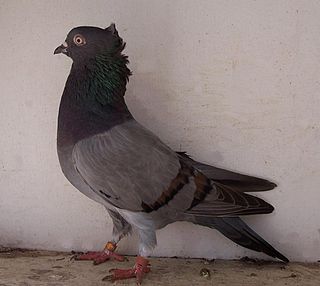
The Serbian Highflyer is a breed of domestic pigeon that is bred for endurance flying. The breed is characterized by long circle flights up to 15 hours. It can fly as high as 1,500 metres (4,900 ft). There are about 20,000 fanciers of this breed in Serbia.
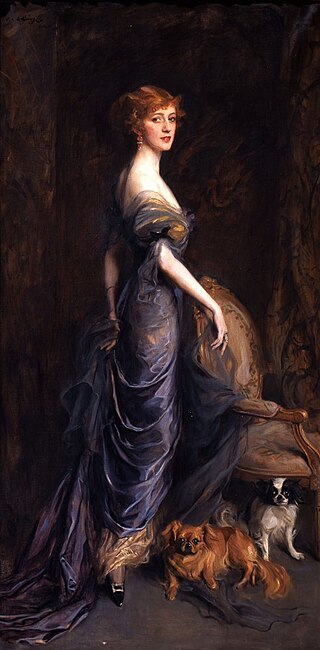
Animal fancy is a hobby involving the appreciation, promotion, or breeding of pet or domestic animals.
The Madrasi Highflyer also known as Thavdal is a breed of performance pigeon developed over centuries for endurance flying. Thavdal, along with other breeds of domesticated pigeons are all descendants of the rock dove.




















